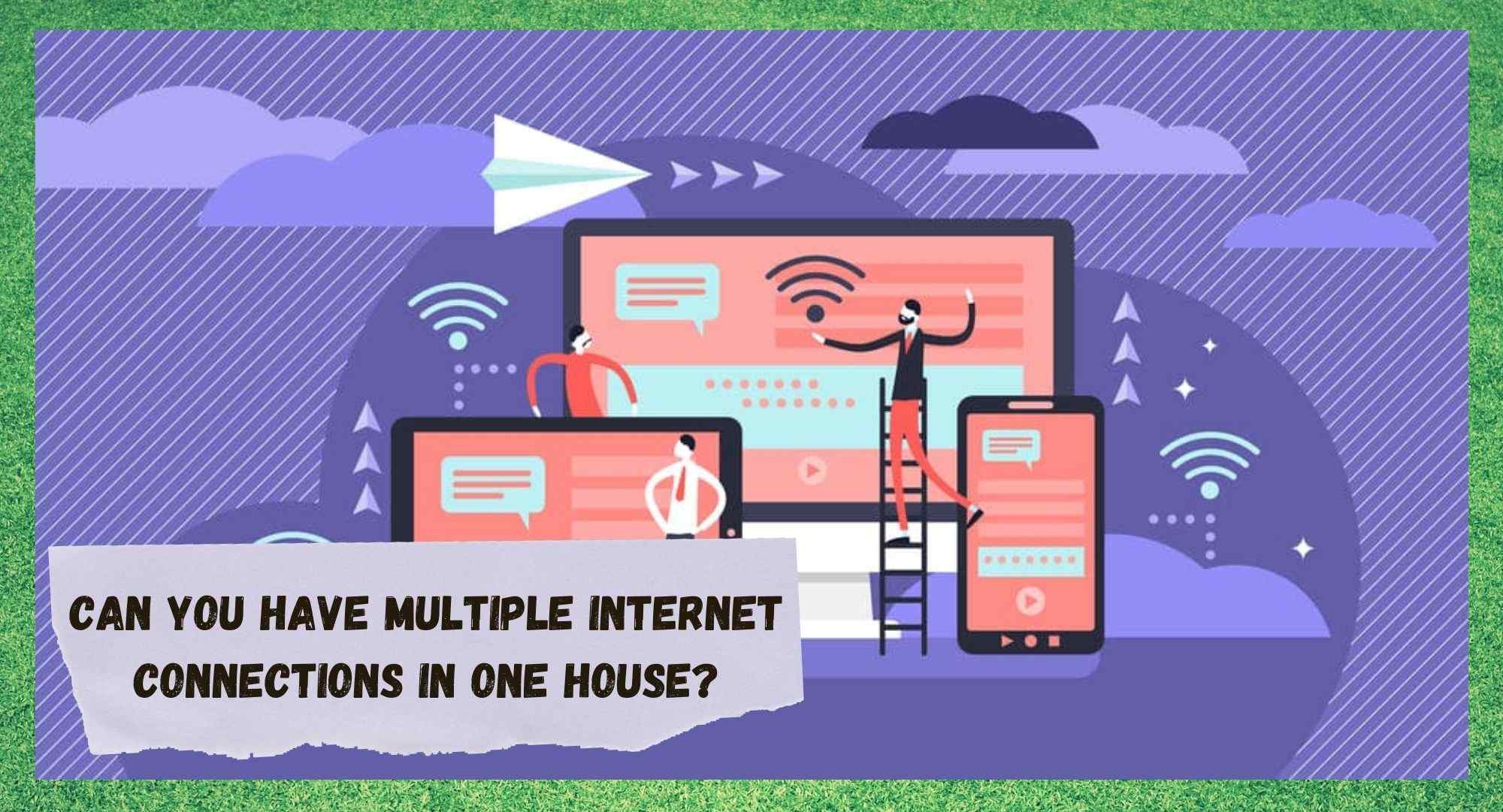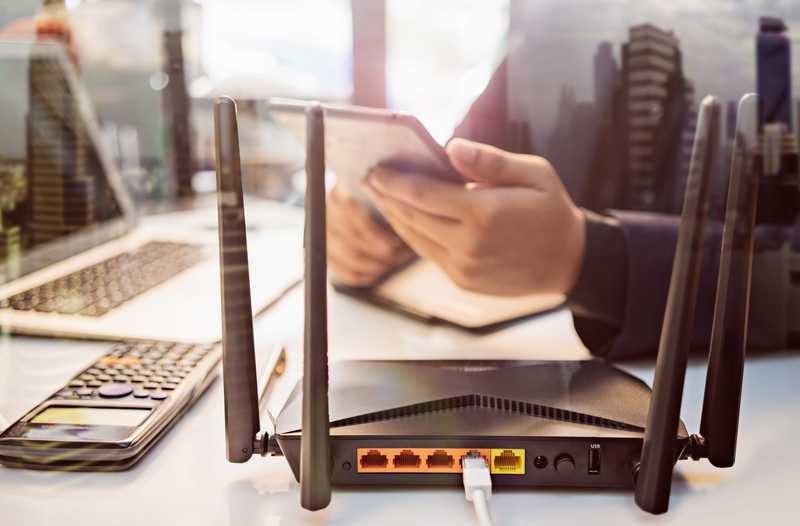
There’s no doubt about it, our access to the internet has vastly improved in the last few decades. Years gone by, we used to have to pay through the nose for incredibly slow dial-up connections, whereas these days we get annoyed when we haven’t got a strong enough signal to stream.
In the same way, we can’t really describe having a decent internet connection as a luxury anymore. It’s an absolute necessity, with many of us totally reliant on it for entertainment, online banking, and even for work.
Of course, this has many of us looking to maximise the potential of our home and workplace internet services, and there are many ways to do that that aren’t really discussed that often. Extenders are always a decent option for those larger spaces that may have internet black spots.
However, with this solution, you still run the risk of having too many devices connected up at once and sucking up all of the available bandwidth. This has many of you wondering whether it’s a good idea to just add a second, totally independent to the first, internet service into the mix.
If that describes where you’re at on this, we have everything you’ll need to know below; all of the bonuses and potential pitfalls that you’ll need to avoid.
Can You Have Multiple Internet Connections In One House?
In a word, yes! Having multiple connections running at the same time in your home is a real possibility. In fact, it’s definitely the best option if you happen to have a vast array of devices that want a piece of the action.
Though this practice is much more commonly put in place in small to medium sized businesses, there really isn’t anything that can totally prevent you from having the same kind of service that they do.
Naturally, there will be additional charges for this, but if you are comfortable paying that, then why not? Here’s a little more about how it’s all done.
Multiple Internet Connections In One House: How It’s Done!
This practice, which we couldn’t have imagined would have been a reality way back in the 90’s is actually common enough now that it has its own specific term: “multi-homing”. It’s not quite in the Oxford dictionary yet, but these sorts of terms take time to get there.
There’s no real trick to doing this. It doesn’t require expert levels of knowledge or anything like that. So, the most direct and solid way of doing it is to first install an incredibly strong router into your home (yes, just one). The trick is that this router will need to have been designed with a singular purpose in mind, “combining objective”.
These purpose-built devices are excellent in that they stop you needing to have two different routers in your home at once. With that solution, there is a decent chance that the signals from the two routers would simply interfere with each other, possibly creating even more spots in your home that would end up without a signal.
On the other hand, these routers with multi-homing features built into them use multiple WAN and LAN interfaces to aid your internet connection.
What’s even better is that these routers are generally so advanced that they manage to load-balance the two connections automatically, making sure that you’re getting the strongest signal that the router can put out at any given time. No random switching between the two manually is required!
Here’s the thing though. These types of connections are normally reserved for businesses and such wherein high-speed internet is an absolute necessity over a very large surface area.
So, if you are in a reasonably small house, this could be overkill to a ridiculous degree! Our advice on this would be to check with your internet service provider whether or not they could upgrade your service to a higher speed. If they can, this is a decent way to preserve some of that hard-earned cash.
Using Multiple Internet Connections As One Home Network: Doubled Bandwidth
Now that you are aware of the alternatives and the pitfalls of this particular proposition, let’s get straight into what we consider to be the main benefit – the fact that you will now have double the bandwidth as before.
Of course, this can all be done with two separate routers, but we feel the only real way to guarantee that it’s a roaring success is to use the multi-homing technique. If you drop by any reputable tech specialists place, they should easily be able to set it up for you.
The Last Word
Well, now that you know that there are alternatives to this that will be much cheaper, we hope you are informed enough to make the decision that’s right for you. Our final call on this one is that, if you can comfortably spare the money for a second internet bill, why the heck not?!

